Machine Dreams: An Interview with Dean Blacc

Tonic CEO Susannah Maybank interviews Dean Blacc to learn more about his background in generative art and the inspiration behind Machine Dreams.
Coming from a computer science and software engineering background, Dean Blacc explores the emotional impact of color through generative watercolour techniques in his latest series Machine Dreams. This series showcases the artist’s technical knowledge combined with deep understanding of color theory, transforming colors into abstract forms, adorned with distinctive, almost runic-like scripts.
In his interview with Tonic Co-founder and CEO Susannah Maybank, Dean shares insights into his artistic path, the inspiration for Machine Dreams, and the intricate process of creating digital watercolours.
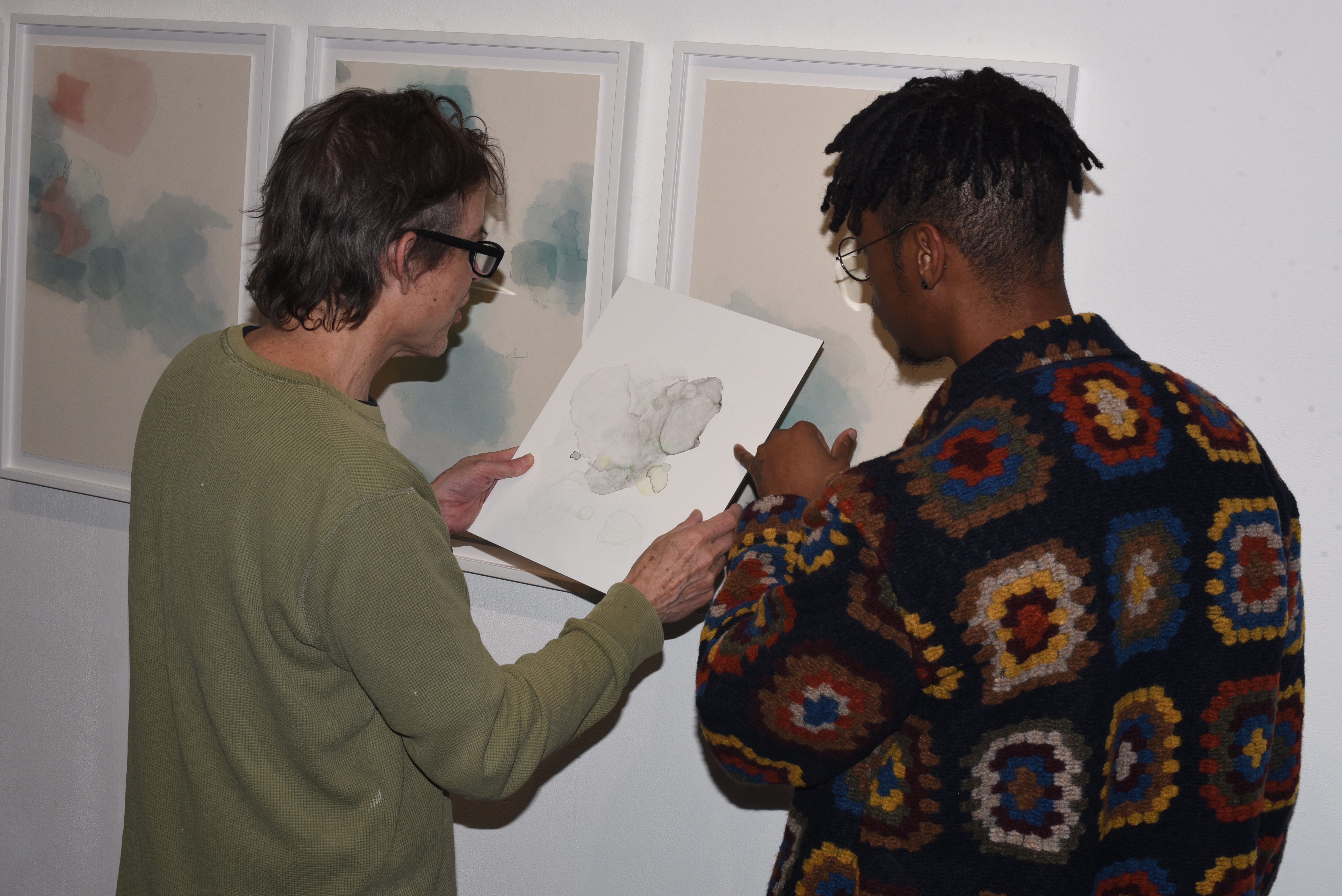
Dean Blacc (right) with his series Machine Dreams, on display at ArtMatr Studios in Brooklyn, NY in October 2023.
Susannah Maybank (SM): Dean, could you start by telling us about your journey into generative art?
Dean Blacc (DB): Absolutely, Susannah. My background is in computer science, and I've spent years as a software engineer. The pivotal moment was during my time at a design company, where we explored generating designs within a design system. This sparked my interest in creating natural-looking textures and designs using algorithms.
SM: What inspired you to start the Machine Dreams series?
DB: Machine Dreams began as an exploration into replicating natural textures — especially watercolors — using code. The inspiration struck after seeing works by artists like Tyler Hobbs and William Turner. Their ability to blend colors and create organic textures with algorithms fascinated me.
SM: How do you create the texture of watercolor in your digital works?
DB: The texture creation is fascinating. I started by implementing techniques from Tyler Hobbs' articles, particularly about simulating watercolors. My approach involves layering multiple translucent strokes, focusing on how digital color blending differs from physical watercolor mixing. It's a process of experimenting with opacity and color interactions.
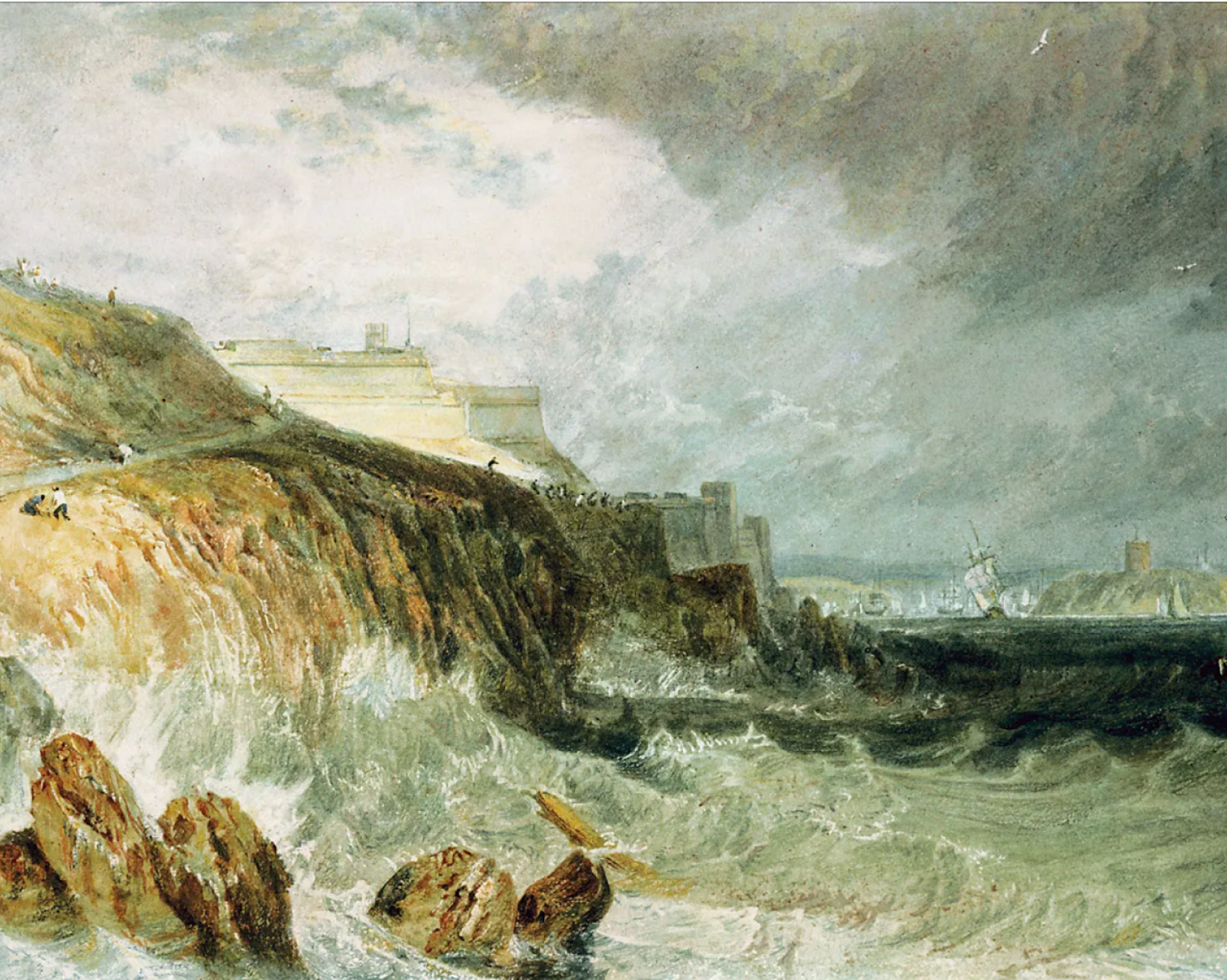
Plymouth Citadel, pencil and watercolor on paper by J.M.W. Turner, c. 1813

The Fighting Temeraire Tugged to Her Last Berth to Be Broken Up, 1838, oil on canvas by J.M.W. Turner, 1839
SM: Can you elaborate on how color theory plays a role in your work?
DB: Color theory is integral to my work. I'm inspired by artists like Josef Albers and his exploration of color interactions. Using code, I can experiment with various color combinations and their emotional impacts, much like Albers did in his "Interaction of Color." It's about understanding how different colors interact and evoke feelings.
SM: Which are some of your favorite works from this collection?
DB: I have a few favorites, particularly those where the colors and composition came together effortlessly. Pieces where the watercolor effect looks natural and the colors create a sense of depth or emotion stand out for me. Each work has its unique appeal, though.
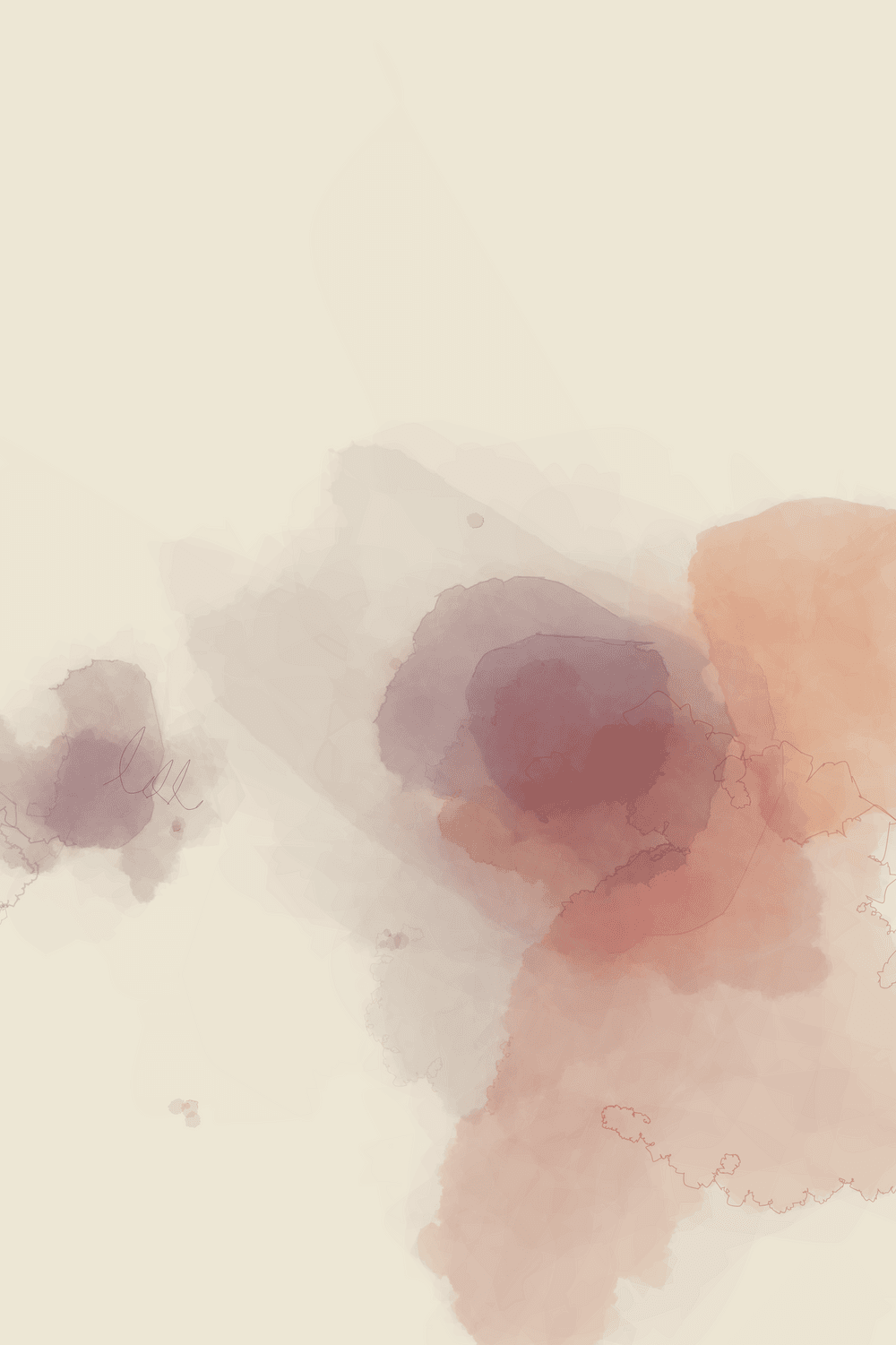
machine-dreams #0
SM: Tell us about your background as an artist.
DB: My journey into art has been unconventional. I've always been drawn to art, spending time in galleries and being fascinated by simplistic yet powerful works. My technical background in computer science and software engineering provided a unique perspective, merging technical skills with an appreciation for aesthetics and design.
SM: How does your software engineering background influence your art?
DB: My software engineering background allows me to approach art from a problem-solving perspective. I enjoy the challenge of coding to create natural-looking outputs, hiding the algorithm within the art. It’s about finding a balance between the technical and the aesthetic.
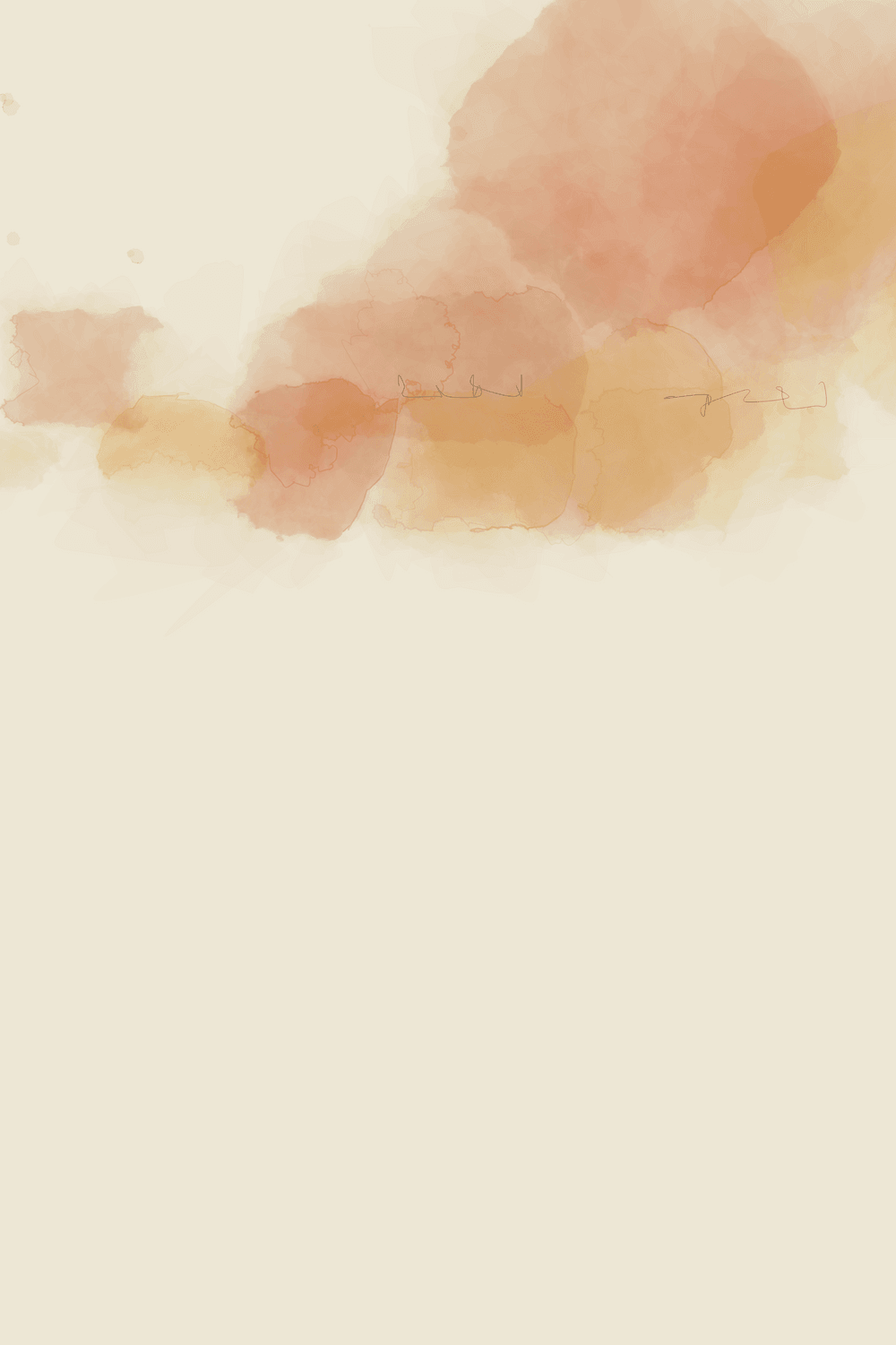
machine-dreams #1

machine-dreams #2
SM: In terms of process, how do you decide on the color palettes?
DB: The color palettes are often inspired by natural elements and emotions. I experiment with different combinations, observing how they interact and the feelings they evoke. It’s a process of testing and refinement, ensuring the colors work harmoniously within the digital medium.
SM: Can you discuss the impact of digital medium on your artistic expression?
DB: The digital medium opens up new possibilities. It allows for experimentation that would be difficult or impossible in physical mediums. The precision and control I have with code enable me to explore and express ideas in innovative ways, particularly in how colors and textures can be manipulated.
SM: Lastly, how do you see your work evolving in the future?
DB: I see my work continuing to evolve as I explore new techniques and ideas. The intersection of art and technology is vast and ever-changing. I'm excited to keep pushing the boundaries of what's possible with generative art, blending code with creativity to produce unique and emotive works.
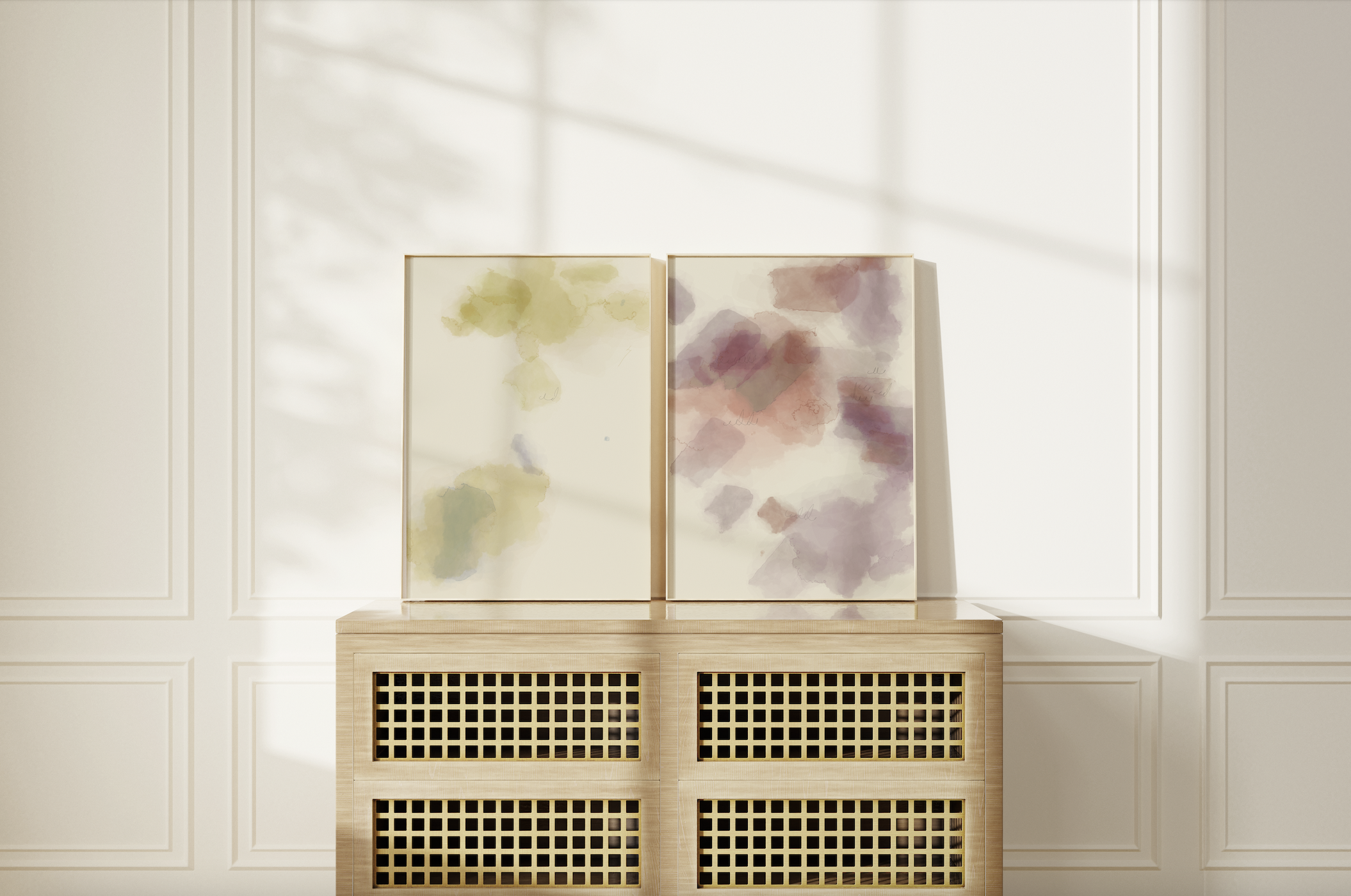
To acquire a work from Machine Dreams by Dean Blacc, view the series at tonic.xyz.
More stories

Introducing ESCAPE by Iskra Velitchkova
ESCAPE by Iskra Velitchkova is at once an archive of the artist’s personal history and a self-referential exploration of how we seek freedom and escape in art.

Unique Physicals, Series, ESCAPE
Iskra Velitchkova’s ESCAPE with Silver Gelatin Printing
Iskra Velitchkova’s ESCAPE is influenced by analog photography and leverages silver gelatin to its fullest for its unique physical offering.
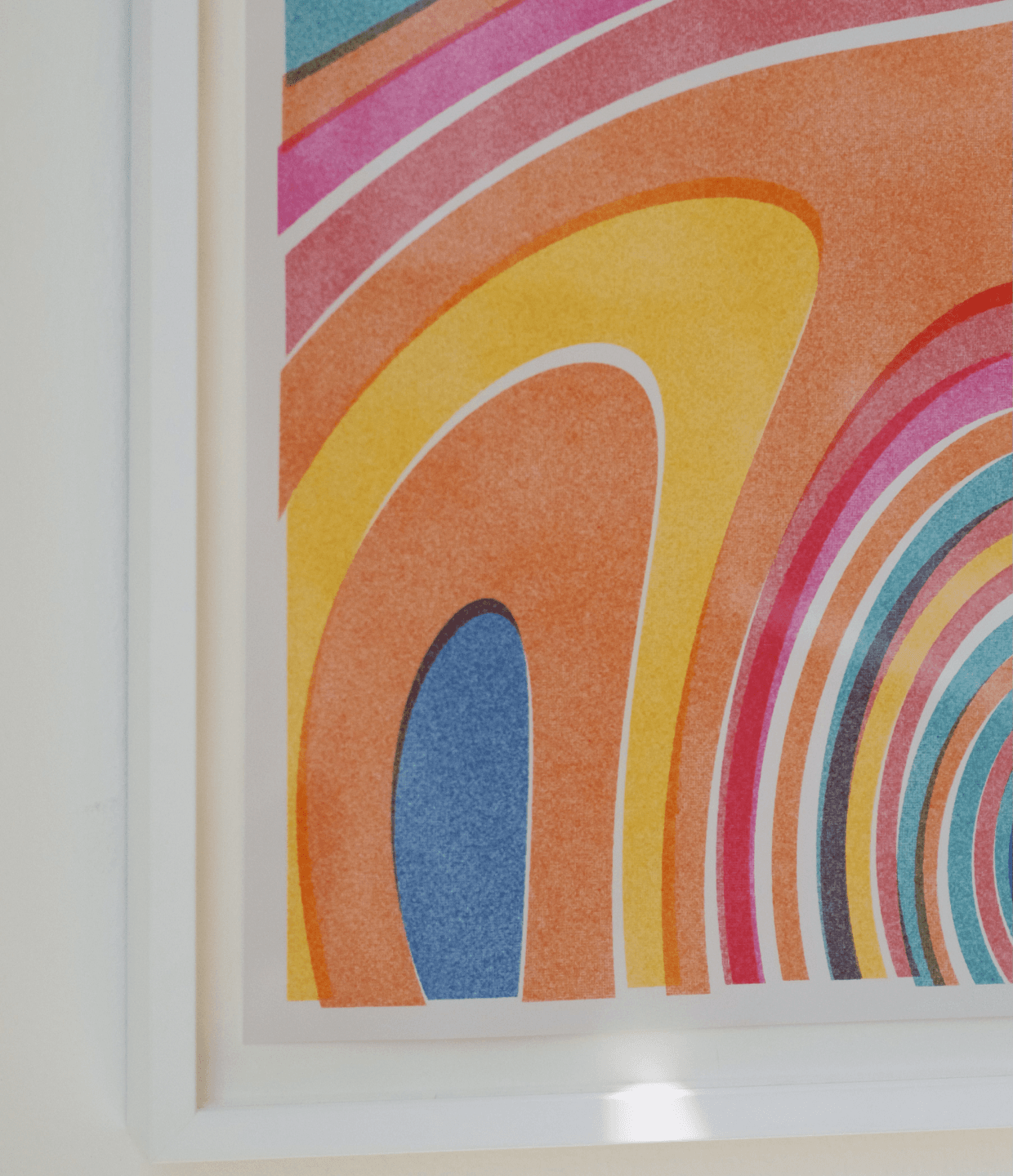
Features, Series, Compare & Contrast
Pointilism & Divisionism in Intimità and Interference
The experiments of Divisionist and Pointillist painters influenced our understanding of color and contrast, enabling new forms of artistic impression like the works of Phaust and Stefano Contiero.


Stay in the loop on upcoming drops, exclusive access, and more.